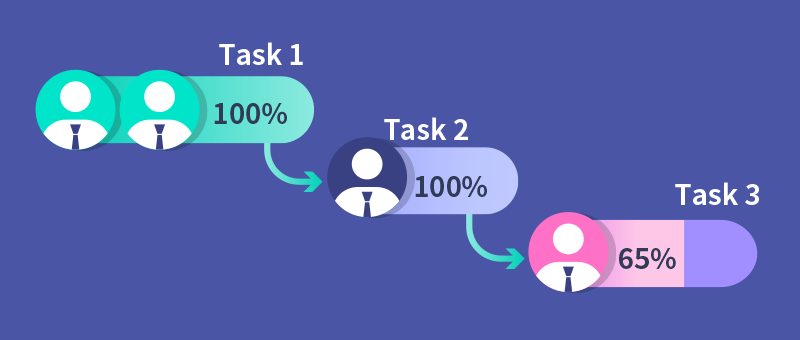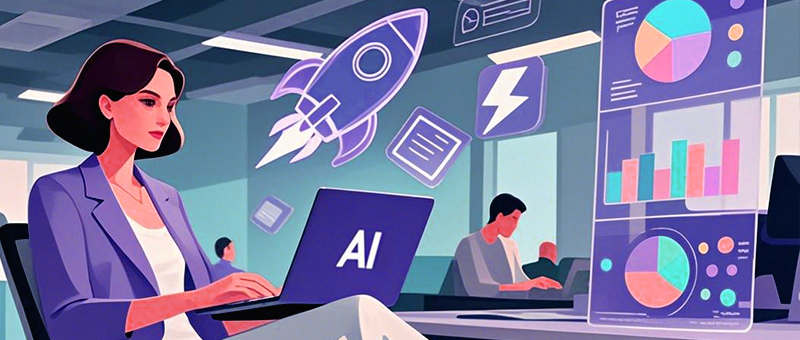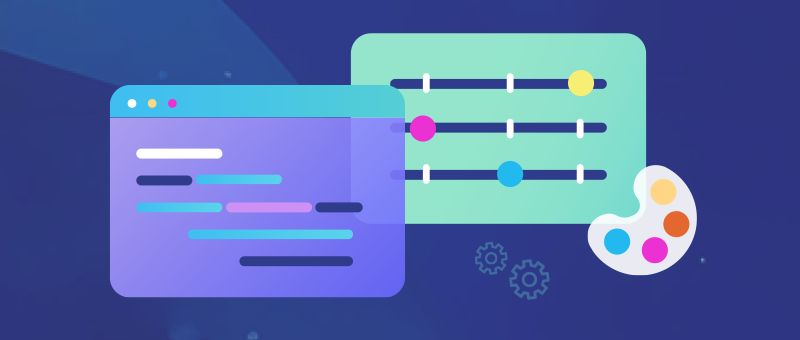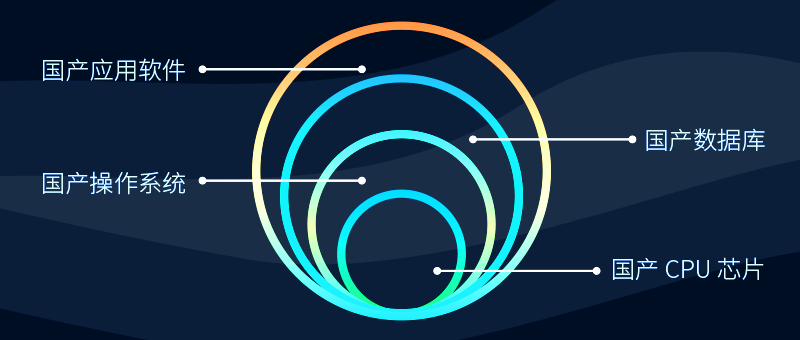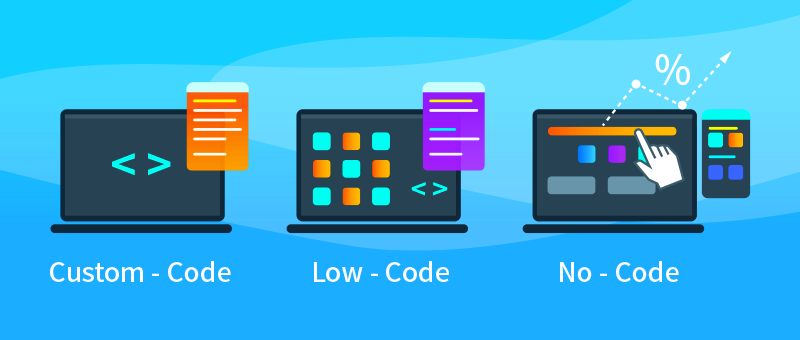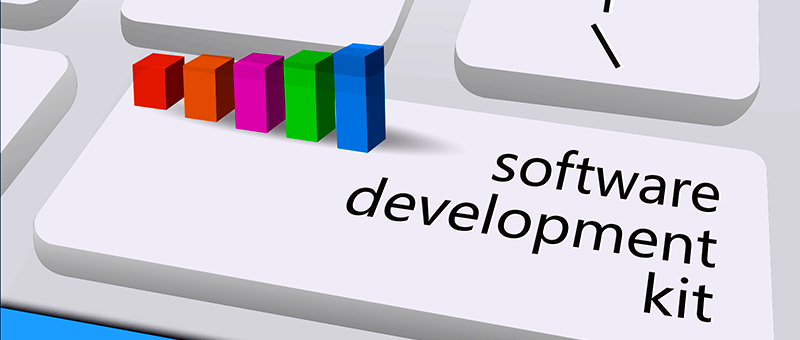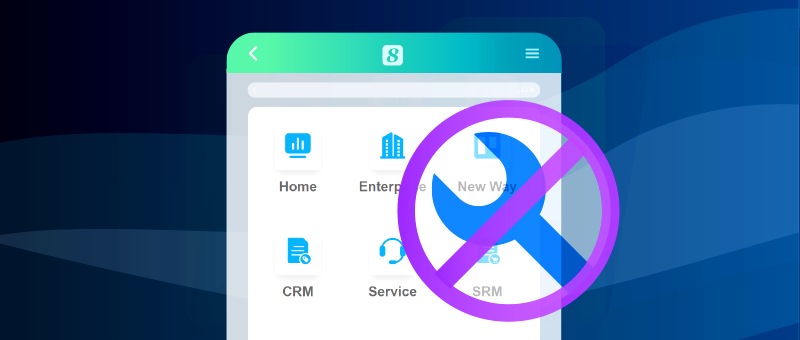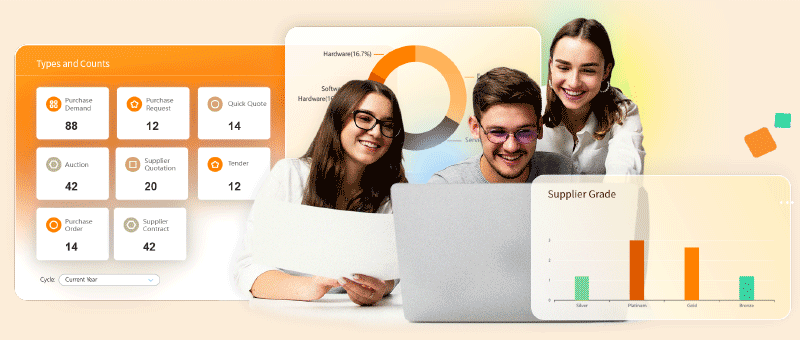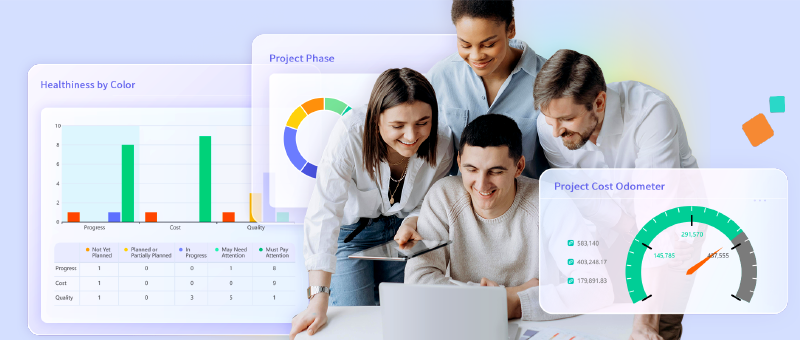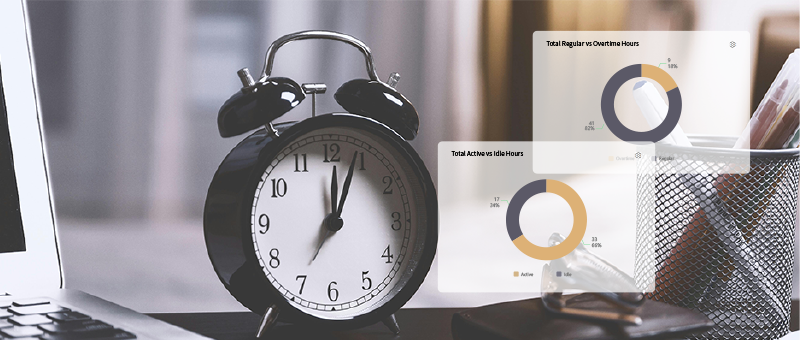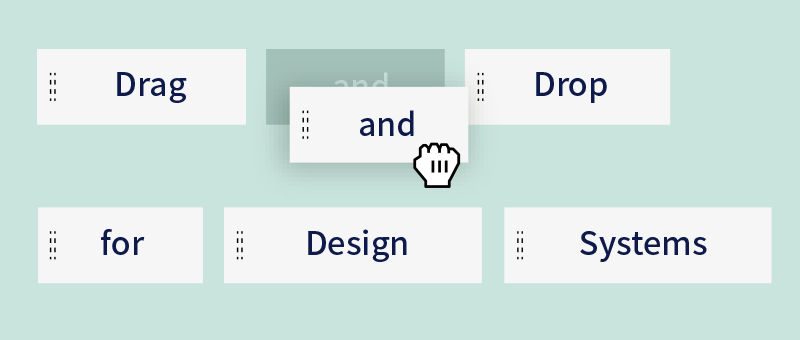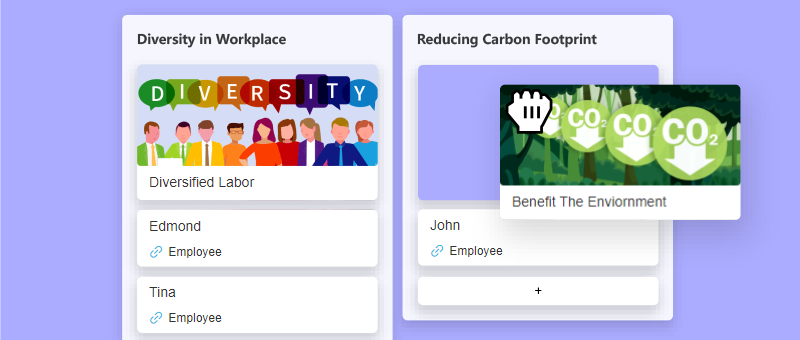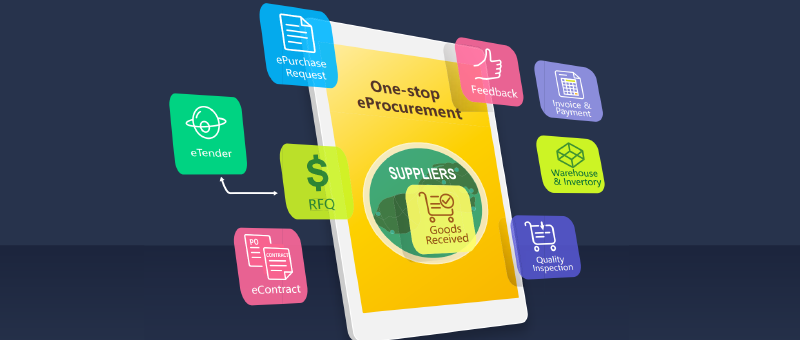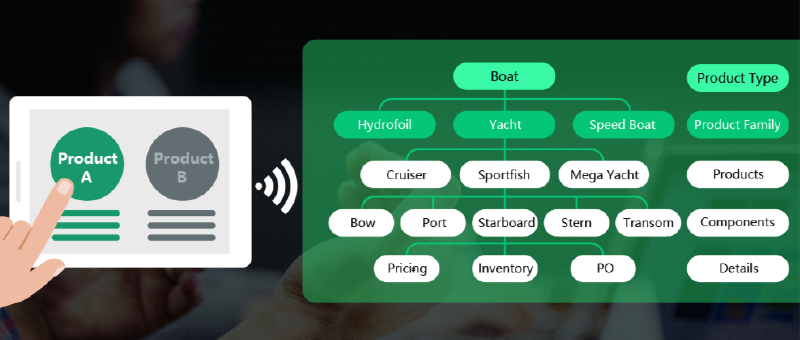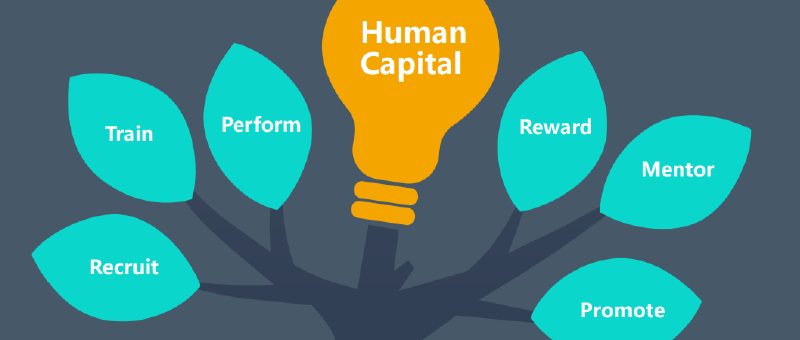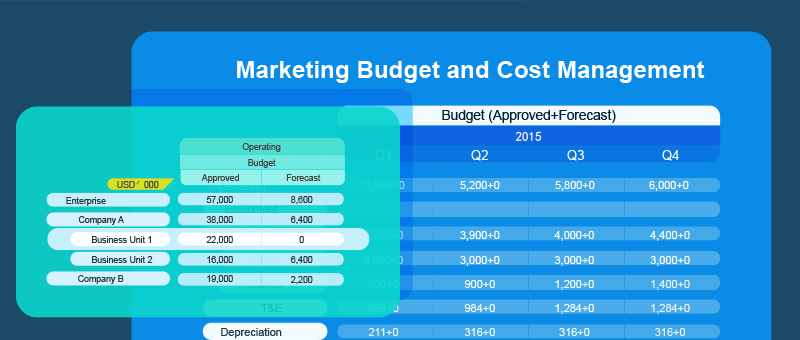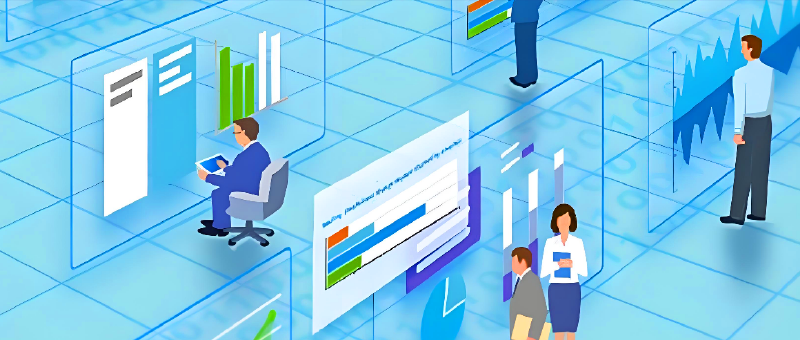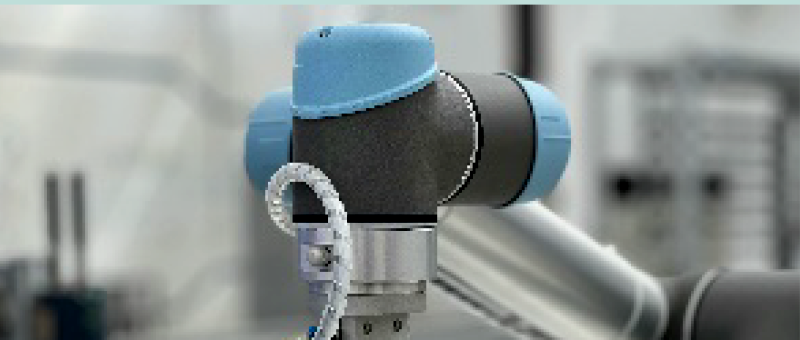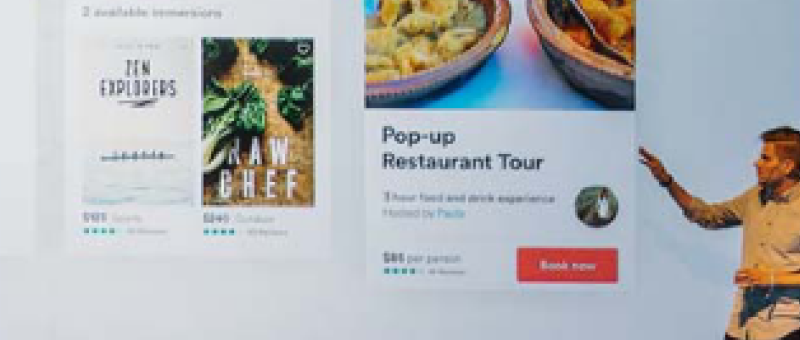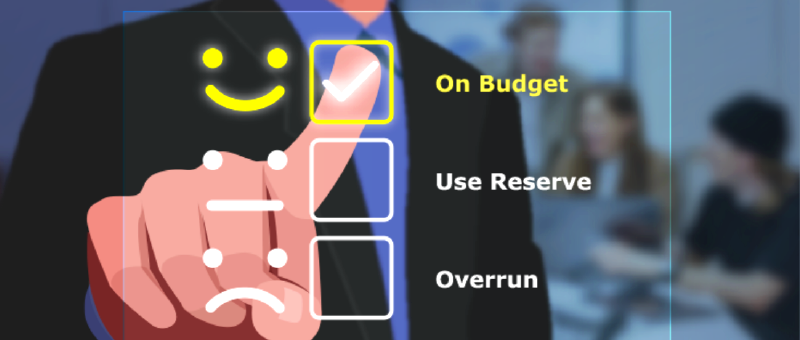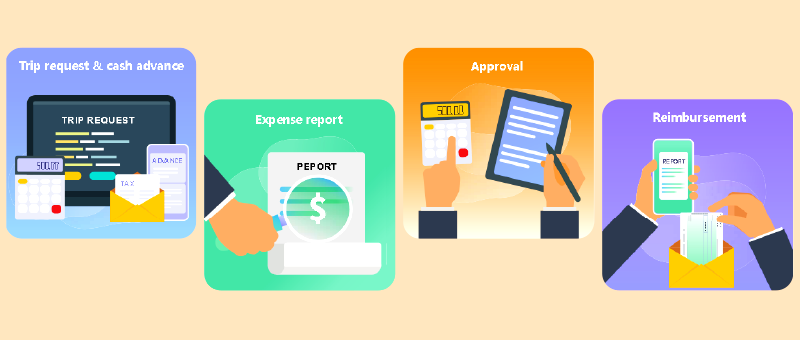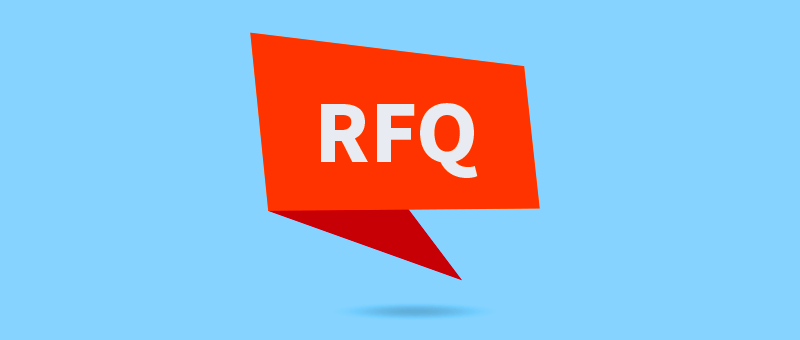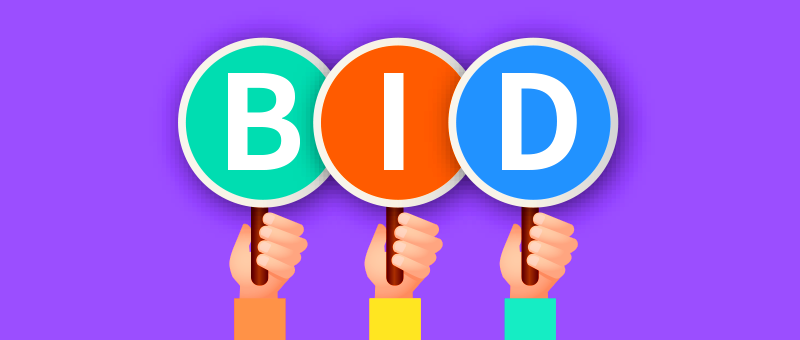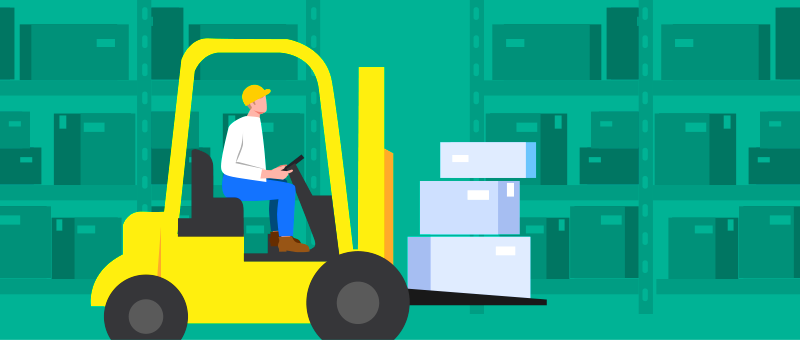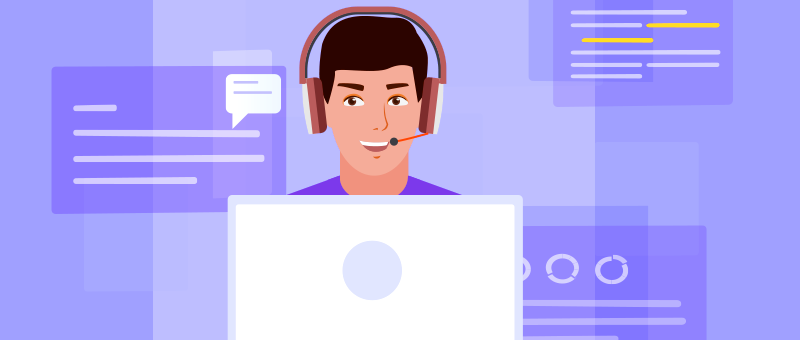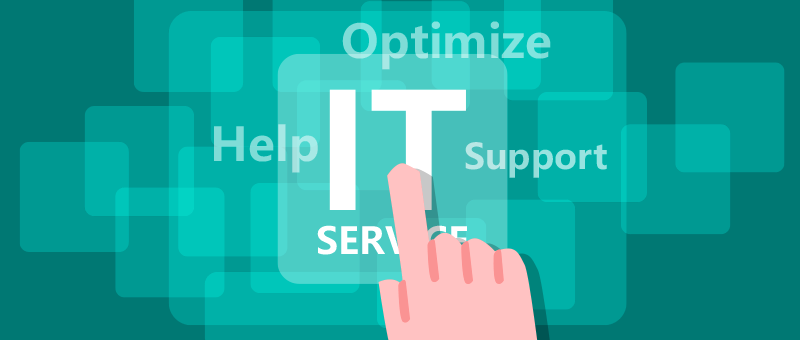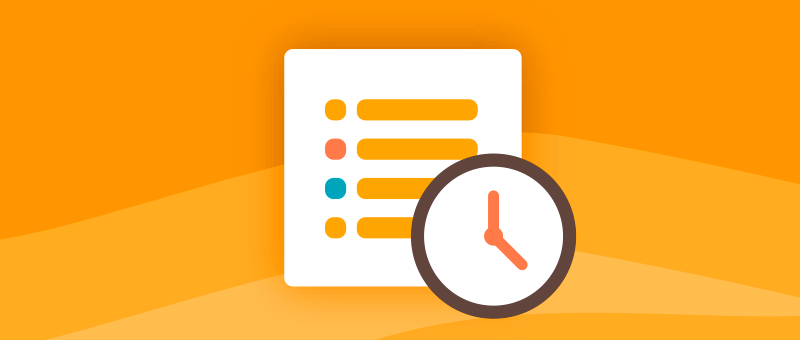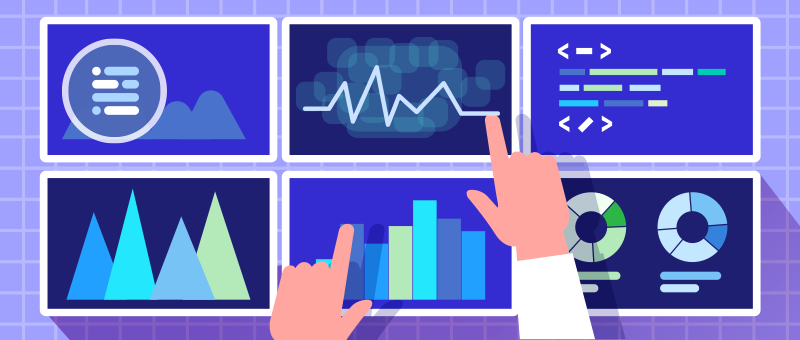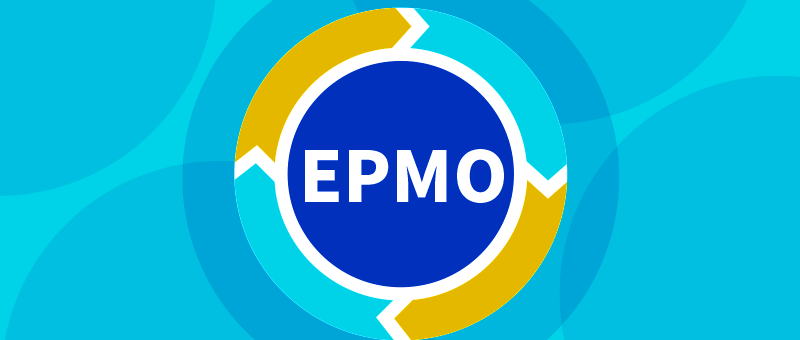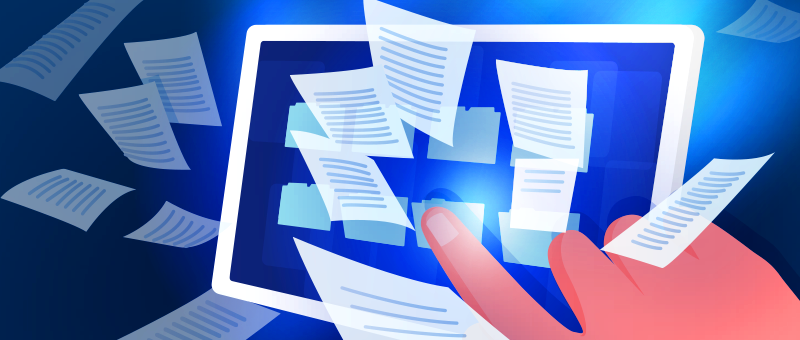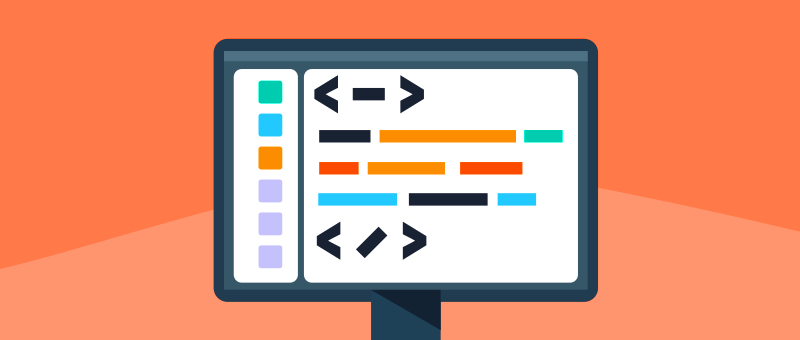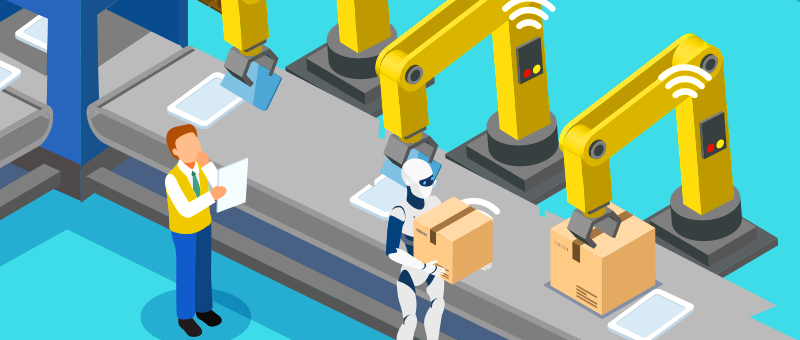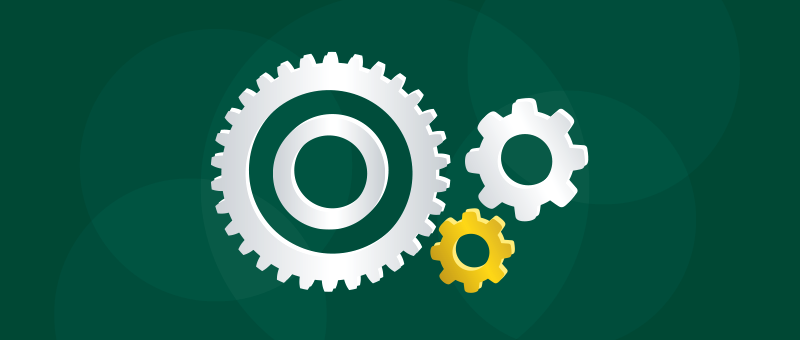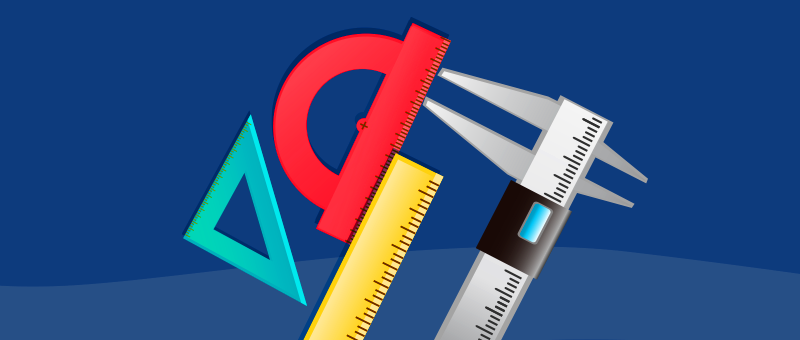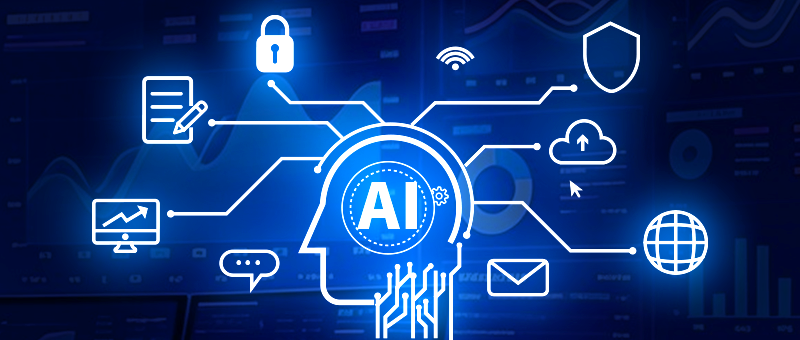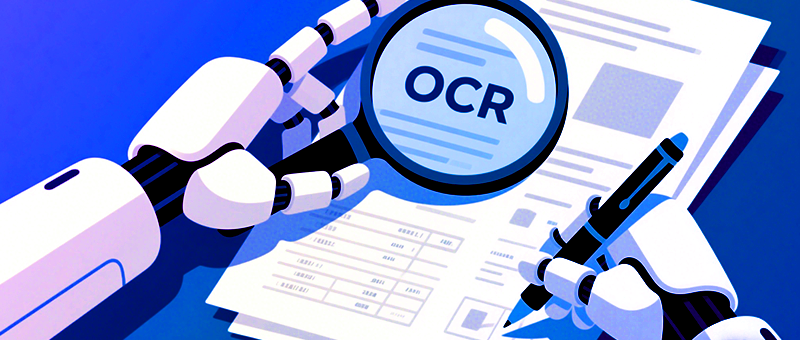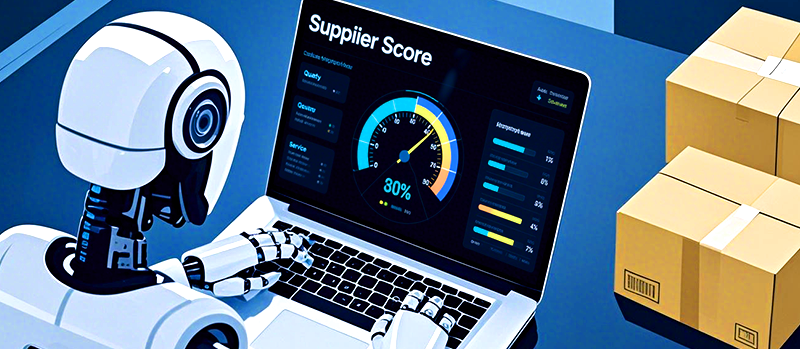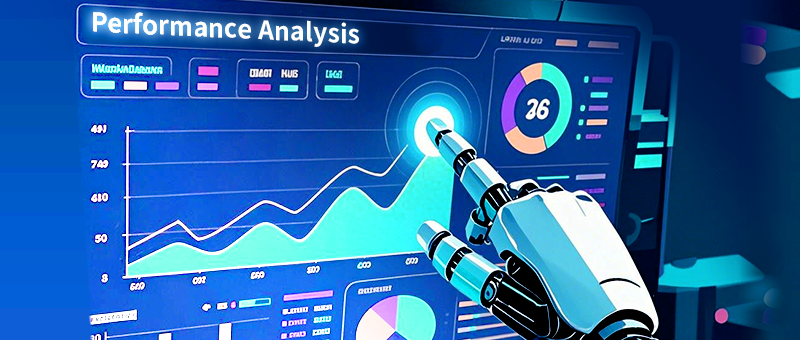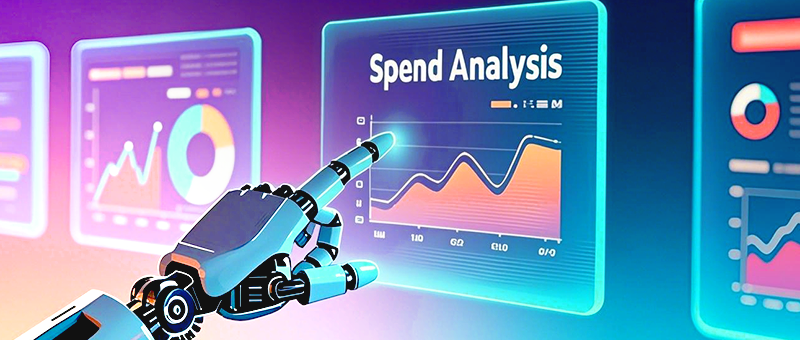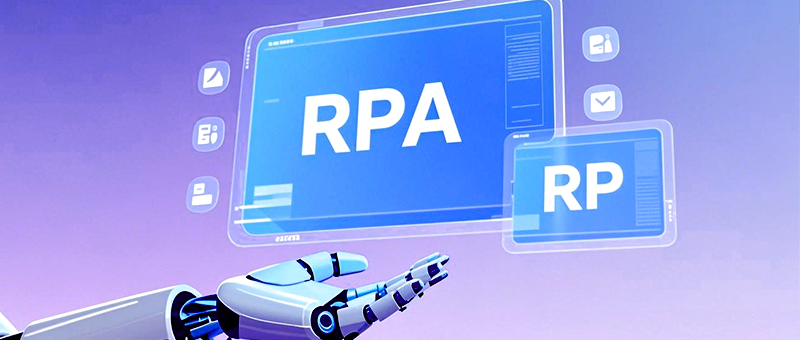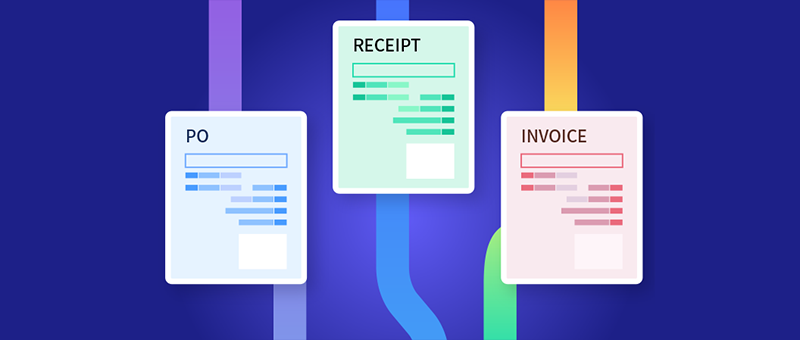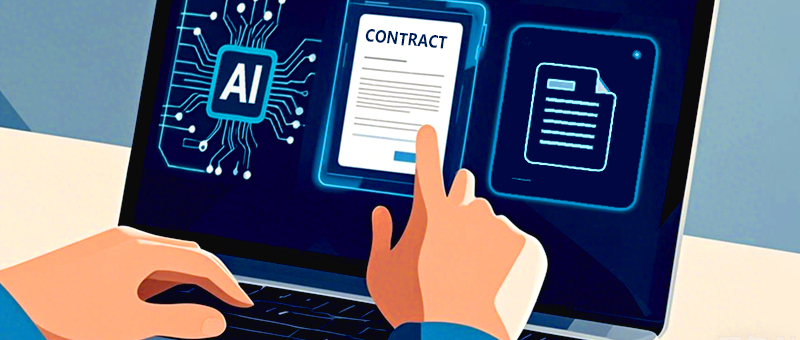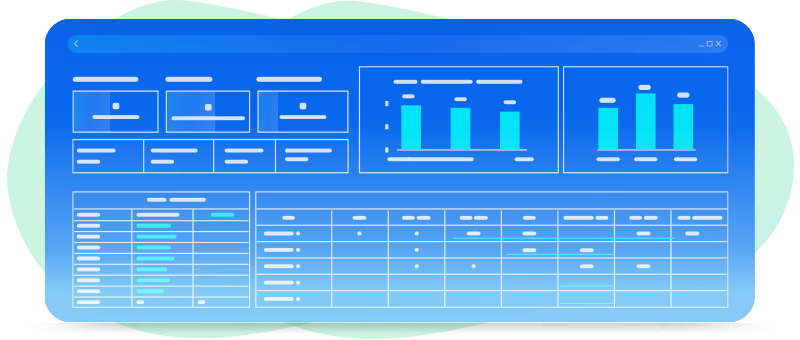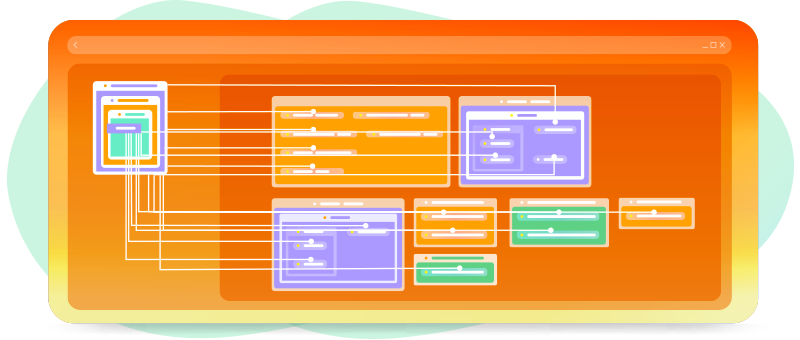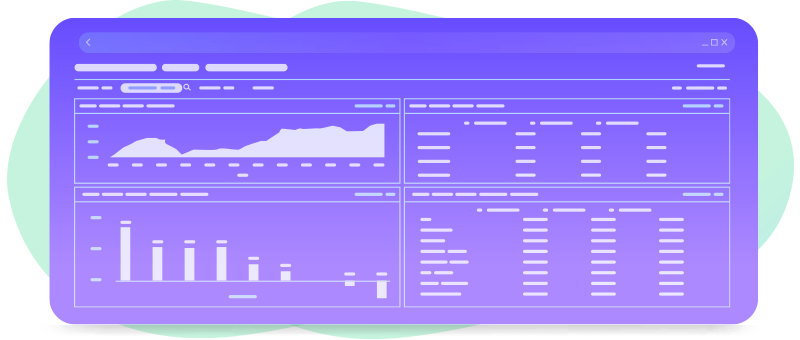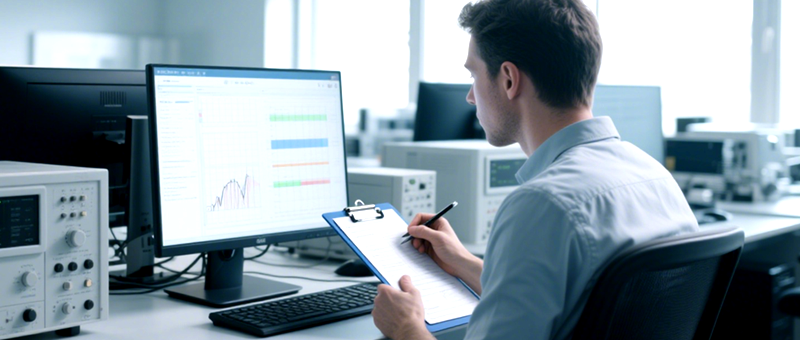Top 6 procurement and tendering management systems for 2025, including 8Manage SRM
2025-04-22
In 2025, digital transformation is reshaping enterprise procurement and tendering management. With globalized supply chains, stricter compliance demands, and a focus on cost reduction, traditional procurement methods fall short of delivering agility and transparency. Procurement and tendering management systems are now critical tools for streamlining processes, enhancing supplier collaboration, and minimizing risks. Studies show these systems can reduce bidding cycles by 30% and cut procurement costs by over 15%. This article recommends six top solutions to help businesses choose the best fit for their needs.
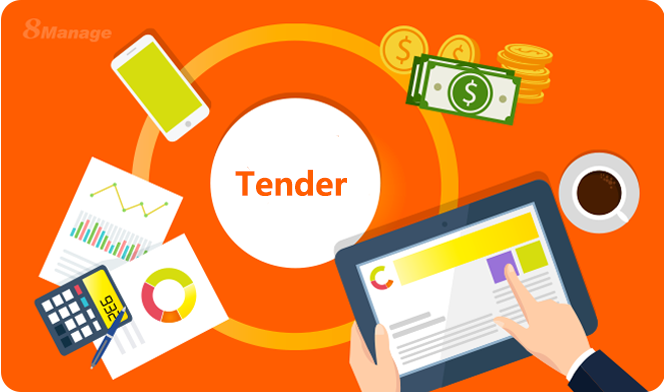
What is a procurement and tendering management system?
A procurement and tendering management system is a digital tool designed to optimize the entire procurement and bidding lifecycle, from demand initiation to contract finalization. Unlike group purchasing platforms, which focus on bulk transactions and price negotiations, these systems prioritize standardized, transparent, and efficient bidding processes. Key features include supplier selection, e-tendering, bid management, and contract oversight, enabling data-driven decisions and reduced risks. With advanced analytics, they ensure compliance and cost control, making them ideal for mid-to-large enterprises with complex workflows.
Top 6 procurement and tendering management systems for 2025
Here are six leading systems, each with unique strengths for optimizing procurement and tendering:
1. 8Manage SRM
Overview: Developed by WisageTech , 8Manage SRM is a comprehensive procurement and supplier management solution. It excels in e-tendering and supplier lifecycle management, covering sourcing, RFQs, bidding, purchase orders, and contracts. Its automated rules, real-time reporting, and mobile-friendly interface enhance transparency and usability. Supporting SaaS and on-premise deployment, it’s highly customizable for mid-to-large enterprises. Trusted by clients like China Mobile, Chow Sang Sang, and Wheelock, it balances affordability and functionality.
Key features:
• E-tendering: Predefined rules and automated communication streamline bidding transparency.
• Real-time analytics: Data-driven insights support decision-making across the procurement cycle.
• Flexibility: SaaS or on-premise options with bilingual (English/Chinese) support cater to diverse needs.
While complex requirements may require customization, 8Manage SRM’s cost-effectiveness makes it a market favorite.
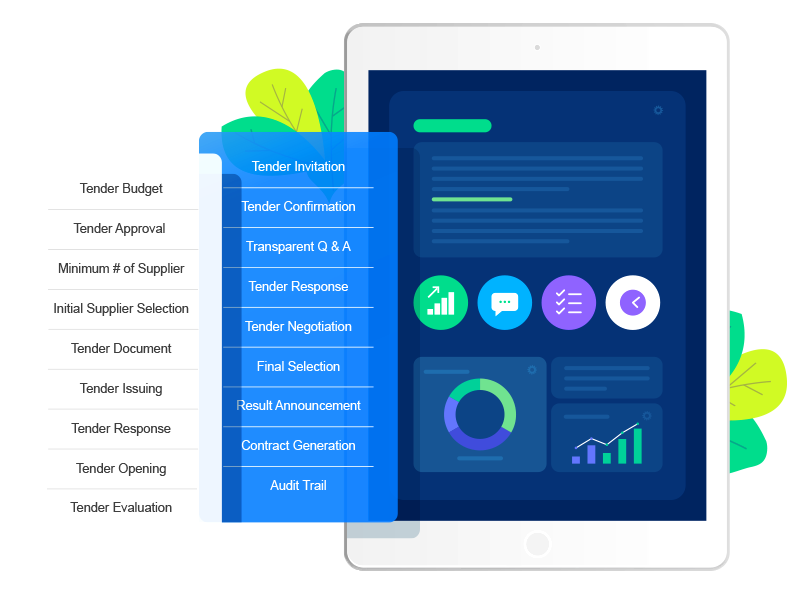
2. SAP Ariba
Overview: SAP Ariba is a global leader in cloud-based procurement, renowned for its extensive supplier network and end-to-end capabilities. Its e-tendering tools are ideal for multinational enterprises, seamlessly integrating with SAP ERP for data consistency.
Key features:
• Global reach: Access to a vast supplier network enhances sourcing efficiency.
• Compliance support: Robust analytics ensure regulatory adherence.
• Scalability: Suits large enterprises with complex procurement needs.
High implementation costs and a steep learning curve make it best for well-funded organizations.
3. Oracle Procurement Cloud
Overview: Oracle Procurement Cloud offers a robust solution with advanced analytics and predictive capabilities. Its bidding management tools support complex supplier evaluations and contract management, integrating seamlessly with Oracle ERP.
Key features:
• Data-driven Insights: Predictive analytics optimize procurement strategies.
• Customizability: Tailored for enterprises with intricate workflows.
• Reliability: Ensures compliance and long-term stability.
Long implementation timelines and high costs make it suitable for enterprises prioritizing scalability.
4. Fanwei Jingqiao Tong
Overview: Fanwei Jingqiao Tong is a China-focused digital procurement platform emphasizing transparency and collaboration. It integrates supplier management, e-tendering, and contract oversight, with mobile support and flexible approval workflows.
• Collaboration: Streamlines multi-subsidiary procurement for industries like real estate and manufacturing.
• Ease of use: Intuitive interface and mobile access boost adoption.
• Localized support: Tailored for Chinese enterprises.
It may feel complex for smaller businesses but excels in large-scale operations.
5. Coupa
Overview: Coupa is known for its user-friendly interface and spend management capabilities, integrating procurement, bidding, and invoicing. Its e-tendering module automates processes, and real-time analytics optimize budgets.
Key features:
• Intuitive design: Simplifies adoption across teams.
• Budget optimization: Real-time insights enhance financial transparency.
• Modular flexibility: Scales to meet diverse business needs.
Subscription costs may deter SMEs, but its global client base underscores reliability.
6. Shangyue
Overview: Shangyue is an emerging platform focused on intelligent, modular procurement for mid-to-large enterprises. Its e-tendering tools support multi-round bidding and dynamic supplier evaluations, with seamless ERP integration.
Key features:
• Intelligent Sourcing: Simplifies supplier discovery and collaboration.
• Scalability: Ideal for fast-growing businesses.
• Modular design: Adapts to specific procurement needs.
While cost may be a barrier for smaller firms, its innovation suits digital-first enterprises.
Why choose a procurement and tendering management system?
Selecting the right system is a strategic step toward supply chain optimization. From 8Manage SRM’s affordability and flexibility to SAP Ariba’s global reach, Fanwei Jingqiao Tong’s localized expertise, or Shangyue’s intelligent design, each solution addresses unique needs. Enterprises should evaluate business size, budget, and industry requirements, testing demos and assessing implementation complexity. In 2025, these tools will drive efficiency, transparency, and value creation.
FAQs
1. How does a procurement and tendering system differ from an ERP?
Procurement systems focus on optimizing bidding and supplier management, emphasizing transparency and e-tendering. ERPs cover broader modules like finance and inventory, with procurement as one component. Integration enhances overall efficiency.2. Are these systems suitable for SMEs?
Yes, SMEs can opt for lightweight solutions like 8Manage SRM’s SaaS version or Shangyue’s modular services to achieve automation and analytics at lower costs.3. How to choose the right system?
Define needs (e.g., scale, industry, budget) and prioritize ease of use, integration, e-tendering capabilities, and support. Demos and case studies are critical for informed decisions.






